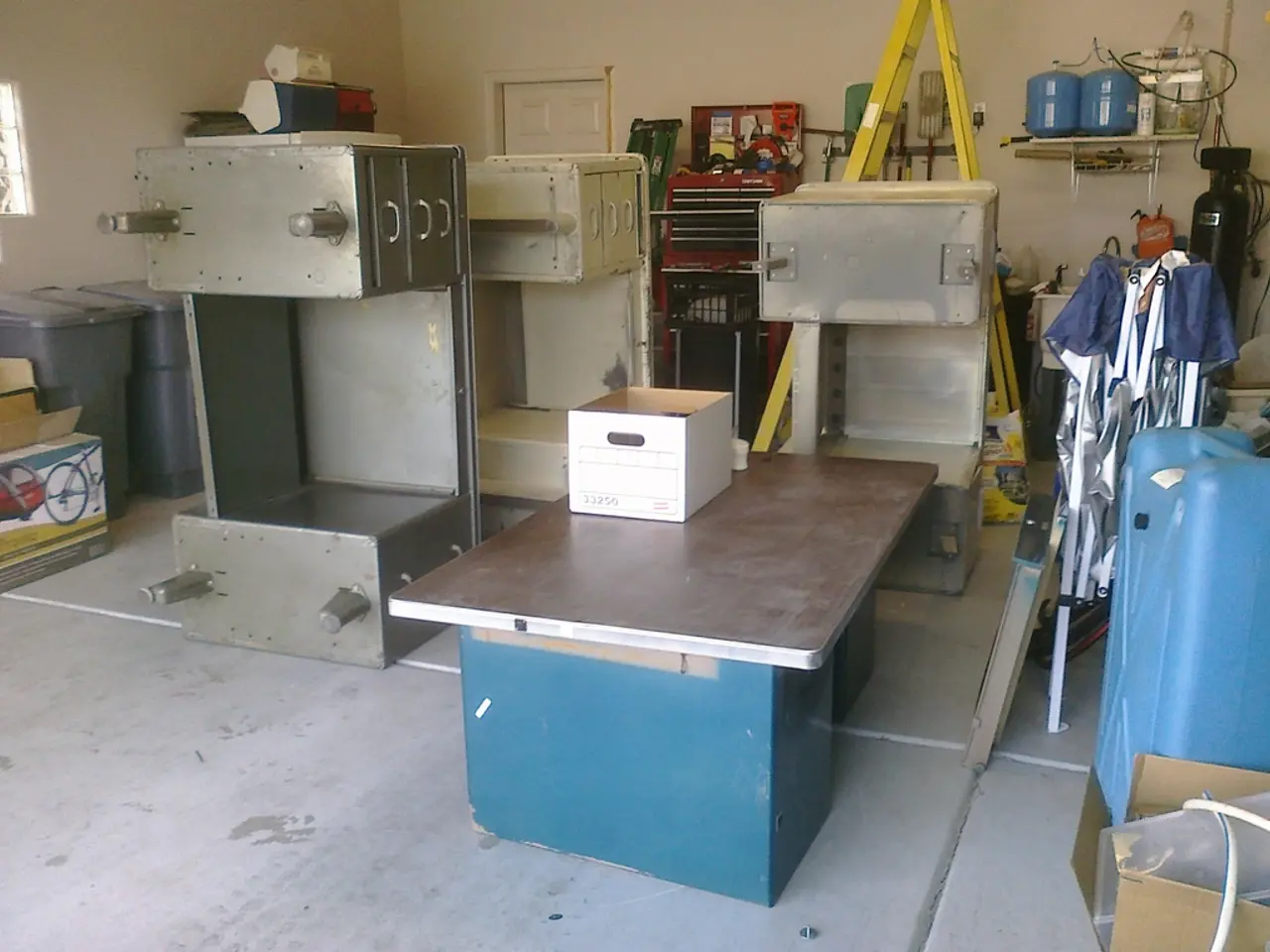Revitalizing post-COVID office air circulation with innovative software technology
The Cornell University's Environmental Systems Lab is set to introduce a new indoor module for their Eddy3D software this summer. This innovative tool, aimed at assisting architects and designers, is designed to help professionals make informed decisions about workplace and classroom environments, particularly in the context of reducing the risk of airborne pathogens.
The tool, based on computational fluid dynamics, is not intended to promote any specific product or service, but to provide a useful resource for those in the design and architecture industry. Its purpose is to help designers and architects place indoor workplace furniture, staff, partitions, and ventilation in a manner that maximises fresh air flow and minimises the risk of airborne pathogens.
One of the key features of the new module is its ability to synchronise airflow, preventing the mixing or transport of bad air from one location to another. This is crucial in maintaining a healthy and safe indoor environment. The tool can also help improve ventilation in indoor workplaces by showing eddies of air flow and indicating regions where air is stagnant.
The research supporting the new tool will be presented at the International Building Performance Association conference this September in Belgium. The preprint of the September research presentation work is available on ResearchGate.
Timur Dogan, assistant professor in the Department of Architecture at Cornell, directs the Environmental Systems Lab and emphasises the importance of the tool. He states, "The tool helps synchronise airflow to prevent the mixing or transport of bad air from one location to another."
It's worth noting that the lab's research indicates that furniture and people have a significant influence on virus diffusion throughout a floor plan. However, the research does not specify any new findings about furniture, people, partitions, or ventilation's influence on virus diffusion.
The tool features a simple user interface, a validated simulation engine, and streamlined simulation setup for fast analysis. Plastic partitions can block virus diffusion, but direct air allows for a higher virus dissipation rate.
The Cornell Environmental Systems Lab has received funding for the research from the Cornell Atkinson Center for Sustainability. The new indoor module will be available on July 30. Eddy3D, the lab's existing software, is available now for free.
While the head of the Environmental Systems Lab at Cornell University who created the new indoor module for the Eddy3D software is not found in the provided search results, the impact of this innovative tool is undeniable. It's a significant step towards creating safer, healthier indoor environments for everyone.
Read also:
- Summarized Report: Insights from the Realm of Transportation
- Recorded surge in electric vehicle registrations during the initial half of the year
- Polestar CEO, Lohscheller, voices concern on the ongoing debates about competitors' products: "Maintain focus, avoid distractions"
- London Mayor Sadiq Khan under fire for raising Congestion Charge, with drivers facing an additional £80 million in yearly costs








